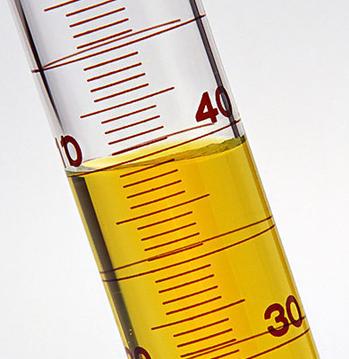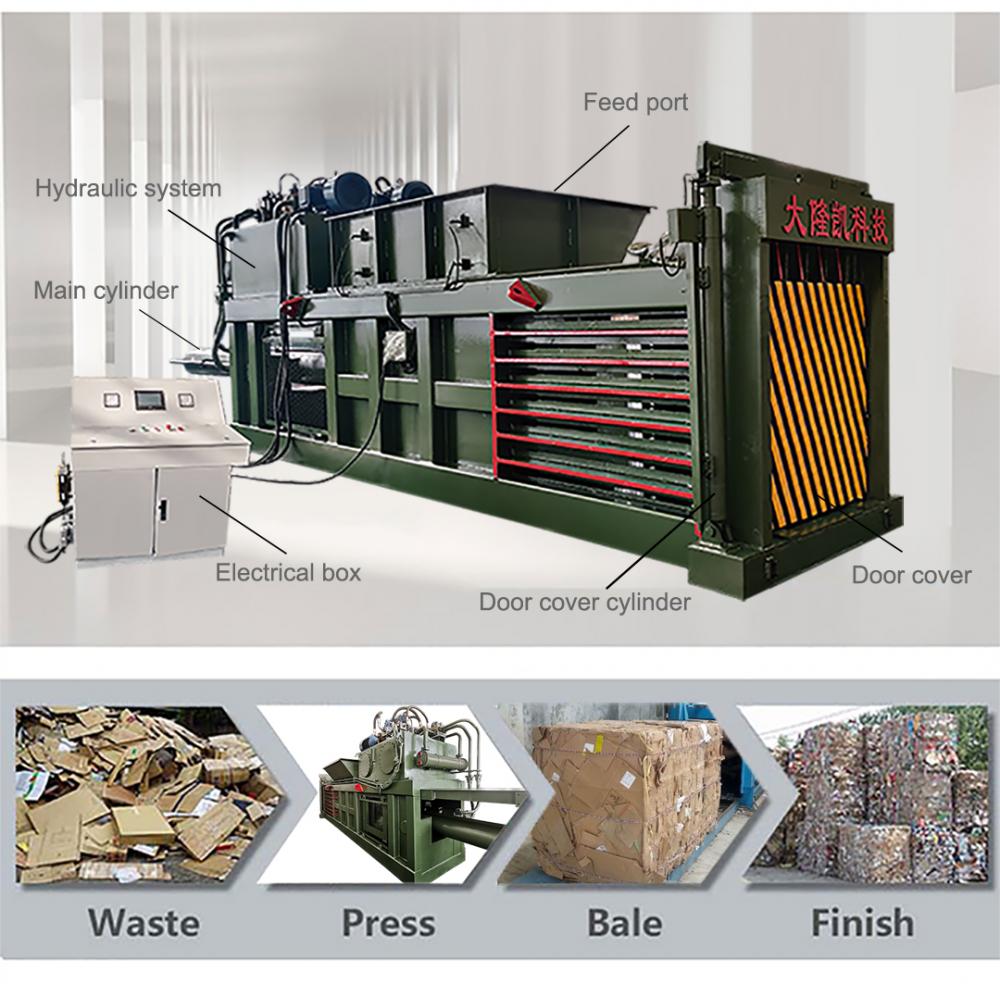Semi-Automatic Horizontal Baler
HPM series semi-automatic horizontal BALER is also known as waste Paper Baler. This semi-automatic horizontal baler is mainly used for the baling of waste paper (cardboard box, newsprint), waste plastic (PET bottle, plastic film), straw and other loose materials. This baler can handle a lot of waste, and the bales are large in size. After the bale is pushed out, they can be bundled to make the bales stronger.The baler reduces waste storage space, saves up to 80% of the storage space, reduces transportation costs, and is favorable for environmental protection and waste recycling.
Technical Parameters
Semi-Automatic Horizontal Baler,paper baler,plastic baler,cardboard baler,metal baler Jiangsu Dalongkai Technology Co., Ltd. , https://www.dlkhydraumatic.com Common instrumentation terms are as follows:
Common instrumentation terms are as follows:
Range: A range of quantities defined by the upper and lower limits. Note: "Range" usually includes modifiers. For example: measurement range, scale range. It can be applied to measured or working conditions.
Measure range measuringrange Measured range of measurement to be performed with specified accuracy.
Measured range lower limit. measuringrangelowerlimit Measured minimum value to be measured in accordance with the specified precision.
Measured range upper limit measuringrangehigherlimit Measured maximum value measured according to the specified precision.
The algebraic difference between the upper and lower limits of the span range. For example, when the range is -20°C to 100°C, the range is 120°C.
Performance characteristics performancecharacteristic Determine the instrument parameters and capabilities of the relevant parameters and quantitative expression.
Reference performance characteristics referenceperformancecharacteristic Performance characteristics achieved under reference working conditions.
Linear scale Scales in the linearscale scale that have a constant proportional relationship with the corresponding grid values. Note: A linear scale with a constant scale spacing is called a regular scale.
Non-linear scale Non-scale scale The scale spacing between the scale and the corresponding grid values ​​are in a scaled relationship. Note: Some non-linear scales have special names such as logarithmic scale, square law scale.
Inhibit Zero Scale The scale in the suppressed-zeroscale scale range does not include the scale value corresponding to the zero value being measured. For example: the scale of a medical thermometer.
In the extended scale scale range of the expanded scale, the disproportionate expansion part accounts for the scale of most scale lengths.
Scales form an ordered set of scale marks that are part of the pointing device and all related digits.
The scale range scalerange is limited by the scale start and end values.
The scale mark scalemark indicates a reticle or other mark on the device corresponding to one or more determined measured values. Note: For digital indications, the numbers themselves are equivalent to scale marks.
Model
Main Cyl,Force(ton)
Hopper Size(L*W)(mm)
Bale Size(L*W)(mm)
Bale Weight(kg)
Motor(kw)
Conveyor Width(mm)
HPM Series Semi-automatic Horizontal Balers
HPM63A
63
1400*800
800*800
280-400
28.25
1200
HPM100A
100
2000*900
900*900
450-600
38.25
1400
HPM125A
125
2200*1100
1100*900
630-900
45.25
1600
HPM160B
160
2200*1120
1120*1300
900-1350
52.25
1600
HPM250
250
2200*1120
1120*1300
1050-1500
98.25
1600
HPM315
315
2200*1120
1120*1300
1200-1600
98
1600
HPM400
400
2200*1120
1120*1300
1300-1700
98
1600
